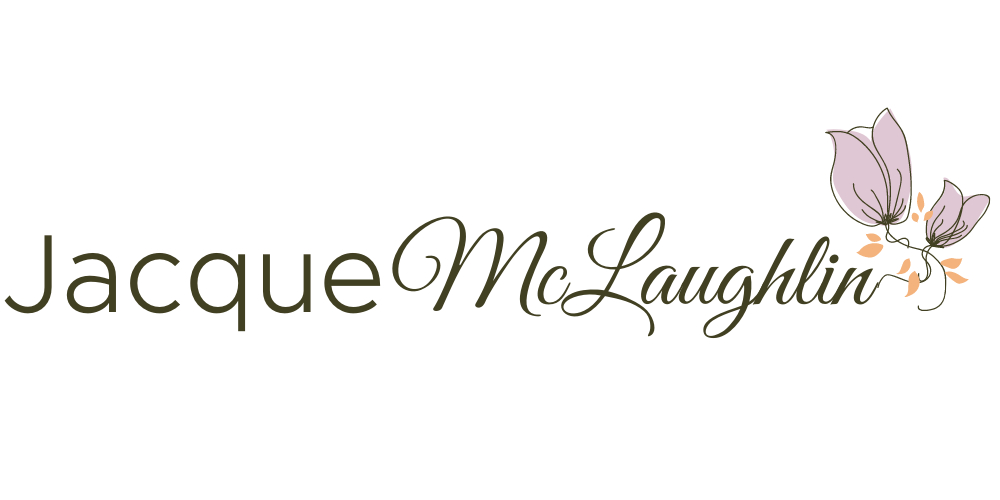Empowering Women to Embrace Natural Wellness
Simple ~ Effective ~ Life-Changing
greenwashing
No blog posts.
My Story
For decades, I navigated a high-stress world as a court reporter, balancing 80-hour workweeks with being a single mom. The relentless pressure, long hours, and emotional weight took a toll on my body and mind. Chronic stress led to burnout and eventually an autoimmune issue that compelled me to reevaluate everything.
When I left that profession, I realized I needed more than just survival—I needed true healing to regain my vitality. I was determined to manage stress naturally and support my body to reverse years of high-pressure living.
Embracing natural wellness approaches, I turned to essential oils, targeted nutrition, and mindful self-care. Through these simple swaps, I found a way to regain control of my health and energy.
What I discovered on my journey is what I now share with others: We are not meant to live in constant stress and depletion. Healing is possible. Balance is possible.
I’ve walked this path myself, and my passion is helping others find their way to renewed energy, resilience, and well-being.
If you're struggling with the effects of long-term stress, know that hope is within reach—and there are natural, effective solutions to help you feel like yourself again.







